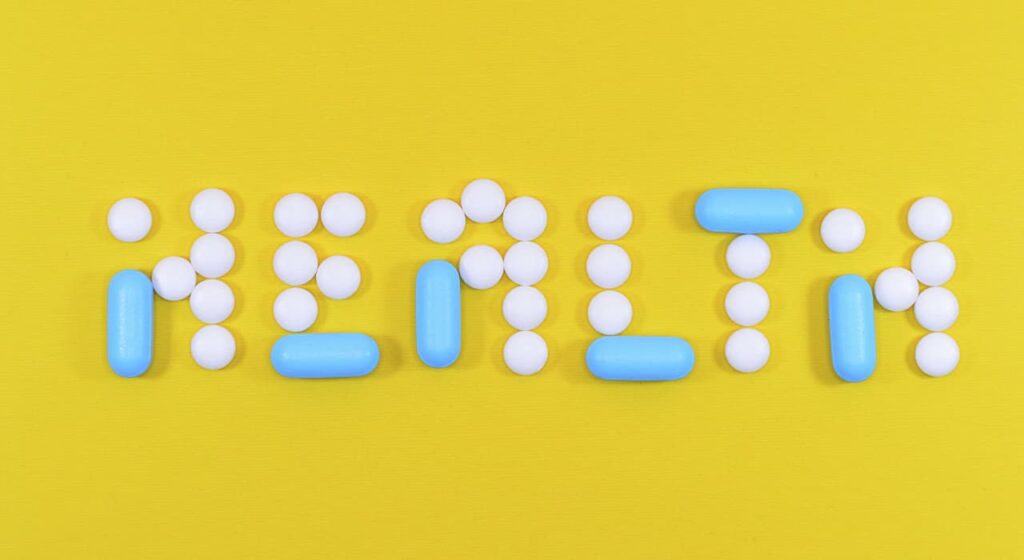Doping is a special medicine used by athletes to induce performance during competition or training. The properties of a particular drug depend on the sport for which it is intended. In general, the pharmacological actions of these drugs can be quite opposite. As a rule, doping is prescribed in a course, but cases of single use are often encountered. It all depends on the objectives and the mechanism of action of a particular drug.
Doping is used almost freely in all countries. What are the reasons for such a widespread use of a kind of narcotic drugs? It’s all about prizes, fame and money. The mercantile interests of coaches and athletes are gradually spreading and making organizations, cities and entire countries sick. Hundreds or even thousands of books have been written on how to properly use doping. But there is little mention of the negative effects of these drugs on an athlete’s health.
As for the definition of “doping,” there is still no consensus on what to consider as doping. And this is important because the use of doping by athletes can lead to certain sanctions and appeals. A rough definition is as follows: “Doping is a biologically active substance, a method and methods of artificial or coercive enhancement of athletic performance, which have various kinds of side effects on the body. Thus, for example, blood doping is not a drug. What is it? Ordinary blood which has been taken from an athlete and processed by special methods earlier, then injected back into the athlete’s body before the competition to increase the total amount, plus the oxygen-transport function together with non-specific stimulation that occurs through the breakdown of red and white blood cells.
So where did the history of doping in sport begin? The history of doping in sport dates back to a time when there were no anabolic steroids. The first documented case of doping was in 1865, when special stimulants were used by Dutch swimmers. After the good results of the Dutch in each country, athletes of all disciplines began to try these drugs. The first Olympic Games, which were held in 1896, were also the place where doping supplements such as codeine and strychnine were successfully used.
The fact is that this drug had strong side effects, which in some cases were unacceptable. For example, female athletes were beginning to develop secondary male sexual characteristics. Something had to be done, and the development of new doping drugs was on the agenda. Drugs such as nandrolone, norethandrolone, oxandrolone, oxymetholone, and methandrosterolone were created. The last drug became extremely popular. Athletes in many countries began to use this doping almost every day. But that was just the beginning. It all began in 1968. Generally speaking, the 1968 Olympics were the most doping events in history. And it did not matter that in 1967 an Anti-Doping Committee was created, headed by Prince Alexandre de Merode. The necessary equipment for determining the exact location of certain drugs in urine or blood was not available. Money was needed. And who do you think provided the funds? The answer is simple: the United States. One might ask the question, “why?” The thing is that the Americans had equipment that could detect the presence of methandrostenol in an athlete’s urine.
In general, as everyone should understand, the eternal struggle began. Who with whom? By doping and anti-doping controls. Every year in different countries thousands of different drugs are synthesized, and the anti-doping services need to be constantly on guard, because the established record may not be the merit of the athlete, but the merit of those people who managed to create a drug that easily bypassed the anti-doping commission.
